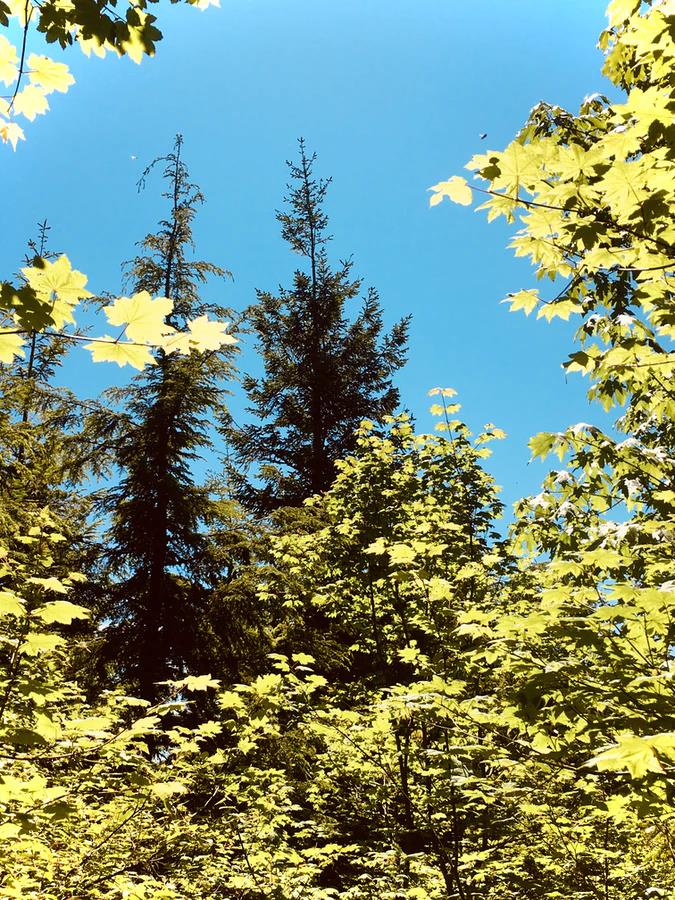This connects to exercise 7 Web of life, 10 Habitat map
If we think about which trees or plants to choose for, we should pay attention to how they contribute to biodiversity. Biodiversity stands for the number of different species, as well as the variety (e.g., age, subtype) within a species on a certain area. Biodiversity is often used as a criterion to measure the health of a biological system. The more biodiverse an area is, the stronger and healthier the ecosystem. Biodiversity makes an area stable and healthy, affects the health of the planet and therefore has a direct impact on our lives.
Unfortunately, due to human activities that threaten biodiversity, we are facing a biodiversity crisis. Many species have gone extinct (lost their last living individuals), and many species exist in such low numbers that they will likely not survive a hit by a health threat or natural disaster. As all life on the planet is connected in the web of life, biodiversity crisis includes humans as well, even if the human species is not threatened by extinction now.







